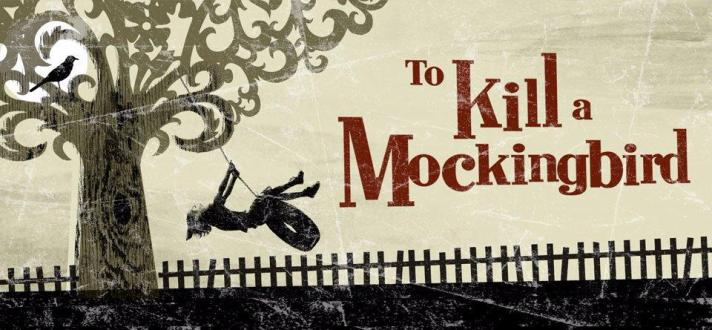I’m sure you are aware of the classic American novel, To Kill a Mockingbird, by Harper  Lee. What you may not yet know is that recently this important book has been banned in quite a few schools and school districts because, like Huckleberry Finn, it contains characters who use an extremely offensive racial epithet. But that’s not what this article is about: I want to talk about other aspects of the book that parents of younger students may not know about which make it inappropriate for younger students to study, no matter what your views on the banning of books.
Lee. What you may not yet know is that recently this important book has been banned in quite a few schools and school districts because, like Huckleberry Finn, it contains characters who use an extremely offensive racial epithet. But that’s not what this article is about: I want to talk about other aspects of the book that parents of younger students may not know about which make it inappropriate for younger students to study, no matter what your views on the banning of books.
Some home school programs, including online, require early middle school students to read this book: I know because I was required to teach it at this grade level. Over those years I developed the strong opinion that this book should not be taught until at the very youngest, the 9th grade. People think of the book as having the theme of the evils of  racism, and while this is true, the plot revolves around the case of Tom Robinson, an African-American falsely accused of raping a white girl, and also includes a scene of an attempted lynching. While there are no directly graphic descriptions in the book (according to today’s standards), implications in the text about these incidents, especially during the courtroom scene, naturally pique students’ interest, causing them to want to know “more” about the repugnant details alluded to.
racism, and while this is true, the plot revolves around the case of Tom Robinson, an African-American falsely accused of raping a white girl, and also includes a scene of an attempted lynching. While there are no directly graphic descriptions in the book (according to today’s standards), implications in the text about these incidents, especially during the courtroom scene, naturally pique students’ interest, causing them to want to know “more” about the repugnant details alluded to.
It’s possible that you’ve never read the book (somehow I got all the way through receiving a master’s degree without having done so), or perhaps if you did read it a long time ago, you don’t recall the details. It’s an important book–one of the most read American novels both here and throughout the world. Its nuanced yet honest  consideration of the troubled history of the American South leaves the reader with a sense that there is hope that injustices of this society can be overcome through the goodness and the moral strength of brave individuals: As Atticus Finch says, “You never understand a person until you consider things from his point of view . . . until you climb into his skin and walk around in it.” It is, in the end, an affirming and redemptive novel, a gem of the American canon, but it should be assigned to younger students with a judicious eye.
consideration of the troubled history of the American South leaves the reader with a sense that there is hope that injustices of this society can be overcome through the goodness and the moral strength of brave individuals: As Atticus Finch says, “You never understand a person until you consider things from his point of view . . . until you climb into his skin and walk around in it.” It is, in the end, an affirming and redemptive novel, a gem of the American canon, but it should be assigned to younger students with a judicious eye.
I plan to write an another article about Harper Lee’s brilliant appropriation in the novel of the southern mockingbird as her symbol for innocents who suffer injustices. If you haven’t read the novel recently, you might be enriched by doing so. You gain something new every reading.

